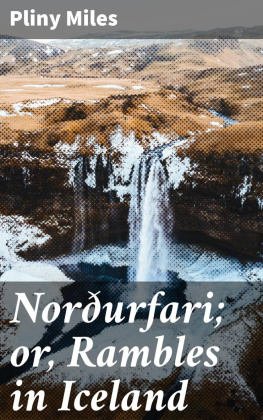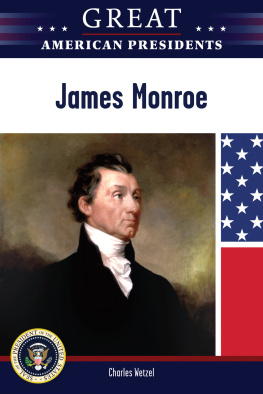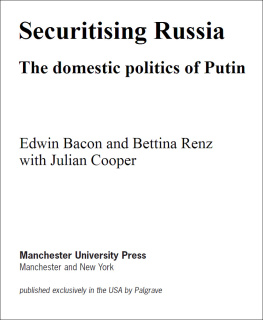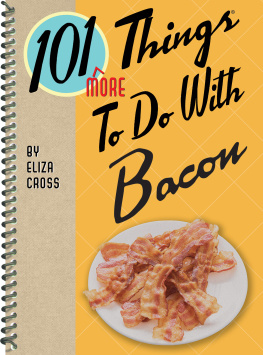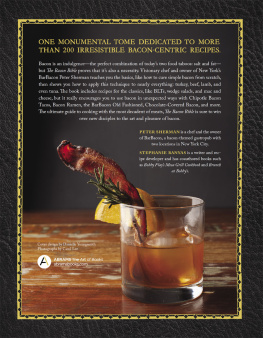I. THE STORIED TOWN OF "CROOKED LITTLE STREETS"
WE were three a visiting Englishman, the Artist, and Antiquary. The Artist and Antiquary were the gossiping guides; the Englishman the guided. The Englishman would "do" Old Boston exclusively. He had "done" the blend of Old and New, and now would hark back to the Old and review it in leisurely strolls among its landmarks. He had asked the Artist and Antiquary to pilot him companionably, and they would meet his wishes, and gladly, for the personal conducting of a stranger so saturated with Old Boston lore as he appeared to be could not be other than agreeable.
Beyond the few treasured historic memorials, the landmarks he especially would seek were many of them long ago annihilated in those repeated marches of progress or of improvement common to all growing cities, or effaced in the manifold makings-over of the topography of the Old Town, than which none other in Christendom has undergone more. Still, if not the identical things, the sites of a select number of them could be identified for him, and their story or legend rehearsed, while the Artist's pencil would reproduce yet remaining bits of the Old jumbled with the New.
So we sauntered, we three, through the crowded old streets of the modern city, imaging the Old Town of the past.
Properly our initial ramble was within the narrow bounds of the beginnings of the Puritan capital, the "metropolis of the wilderness", hanging on the harbor's edge of the little "pear-shaped", be-hilled peninsula, for which the founders, those "well-educated, polite persons of good estate", took Old Boston in England for its name and London for its model. The Lincolnshire borough on the Witham was to be its prototype only in name. The founders would have their capital town be to New England in its humble way what London was to Old England. So Boston was builded, a likeness in miniature to London. This London look and Old England aspect, we remarked, remained to and through the Revolution; and in a shadowy way remains to-day, as our guest would see. It was indeed a natural family likeness, for, as the record shows, Boston from the beginning was the central point of the most thoroughly English community in the New World. There was no infusion of a foreign element of consequence until the end of the Colony period and the close of the seventeenth century.
Then the French Huguenots had begun to appear and mingle with the native Puritans. But while early in the Province period this element became sufficient in numbers to set up a church of its own, and to bring about some softening of the old austerities of the Puritan town life, it did not impair the English stamp. These French Huguenots easily assimilated in the community, which welcomed them, and in time these competent artisans and merchants, the Bowdoins, the Faneuils, Chardons, Sigourneys, Reveres, Molineuxes, Greenleafs, became almost as English, or American-English, as the rest. Nor was the stamp impaired by the infusion of Scotch and Irish into the Colony in increasing numbers during the latter half of the seventeenth and the early eighteenth centuries; nor by the floating population of various nationalities naturally drawn to a port of consequence, as Boston was, the chief in the colonies from the outset. These floaters, coming and going, merely lent variety and picturesqueness or brought temporary trouble to the sober streets. Up to the Revolution the population remained homogeneous, with the dominating influences distinctively of English lineage. When with the Revolution the English yoke was thrown off and the "Bostoneers" tore down every emblem of royalty and every sign of a Tory and burned them in a huge bonfire in front of the Old State House, and afterward re-named King Street "State", and Queen Street "Court", they could not blot out its English mark. And well into the nineteenth century, when in 1822 Boston emerged from a town to a city, the population was still "singularly homogeneous"; it came to cityhood slowly and somewhat reluctantly after repeated attempts, the first early in ~ the Colony period. Edmund Quincy, in his fascinating life of his distinguished father, Josiah Quincy, writing of the municipality in 1823 during Josiah Quincy's first administration as mayor he was the city's second mayor observes: "The great Irish and German emigration had not then set in. The city was eminently English in its character and appearance, and probably no town of its size in England had a population of such unmixed English descent as the Boston of that day. It was Anglis if sis Anglior more English than the English themselves.
The inhabitants of New England at that time were descended, with scarcely any admixture of foreign blood, from the Puritan emigration of the seventeenth century."
This complexion remained untarnished for a decade or so longer. The infusion of foreign elements that changed it began about the latter eighteen-thirties and the early forties, with the development of large New England industries, of which Boston was the financial center the building of canals, turnpikes, railroads, factories; the expansion of commerce with the advent of steamships. It came rapidly, too, this change in complexion, when fairly begun. Lemuel Shattuck's census of Boston for 1845, a local classic in its way, disclosed a state of affairs which astonished the self-satisfied Bostonian of that day in its demonstration that the native bora comprised only a little more than one third of the population, "the remainder being emigrants from other places in the United States or from foreign countries." Within the next half-century the proportion had become one third of foreign birth, and another third of foreign parentage. Yet withal, the old English likeness was not shattered; it was but dimmed.
As the founders and settlers brought with them all their beloved old-home characteristics and would transplant them, as was possible, in their new home, so we find their earliest "crooked little streets" with old London names. So the earlier social life, grim though it was with its puritanical tinge, is seen to have been old English in a smaller and narrower way. So were the manners and customs. The taverns were named for old London inns. The shop signs repeated old London symbols.
And to-day, as we ramble about the shadowy precincts of the Colony Town, we chance delectably here and there upon a twisting street yet holding its first-given London name a London-like old court, byway, or alley; a Londonish foot-passage making short cut between thoroughfares; an arched way through buildings in old London style. So, too, we find yet lingering, though long since in disuse, an old, London-fashioned underground passage or two between courts or one-time habitations, suggestive of smuggling days and of romance. Such is that grim underground passage between old Province Court and Harvard Place, issuing on Washington Street opposite the Old South Meeting-house, which starts in the court near a plumbing shop and runs alongside the huge granite foundations of the rear wall of the old Province House, seat of the royal governors, now long gone save its side wall of Holland brick, which still remains intact. This passage must have eluded Hawthorne, else surely it would have figured in one of his incomparable "Legends" of this rare place of Provincial pomp and elegance. Then there was, until recent years, that other and more significant passage, opening from this one, and extending under the Province House and the highway in front, eastward toward the sea.



